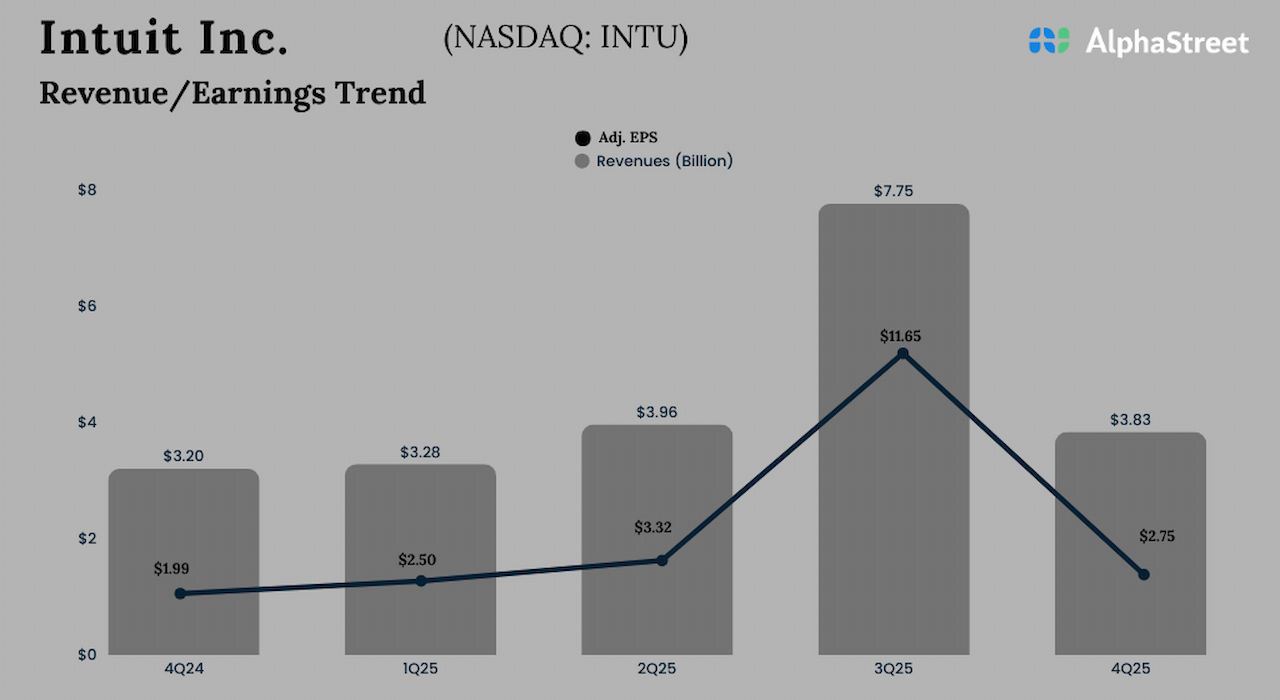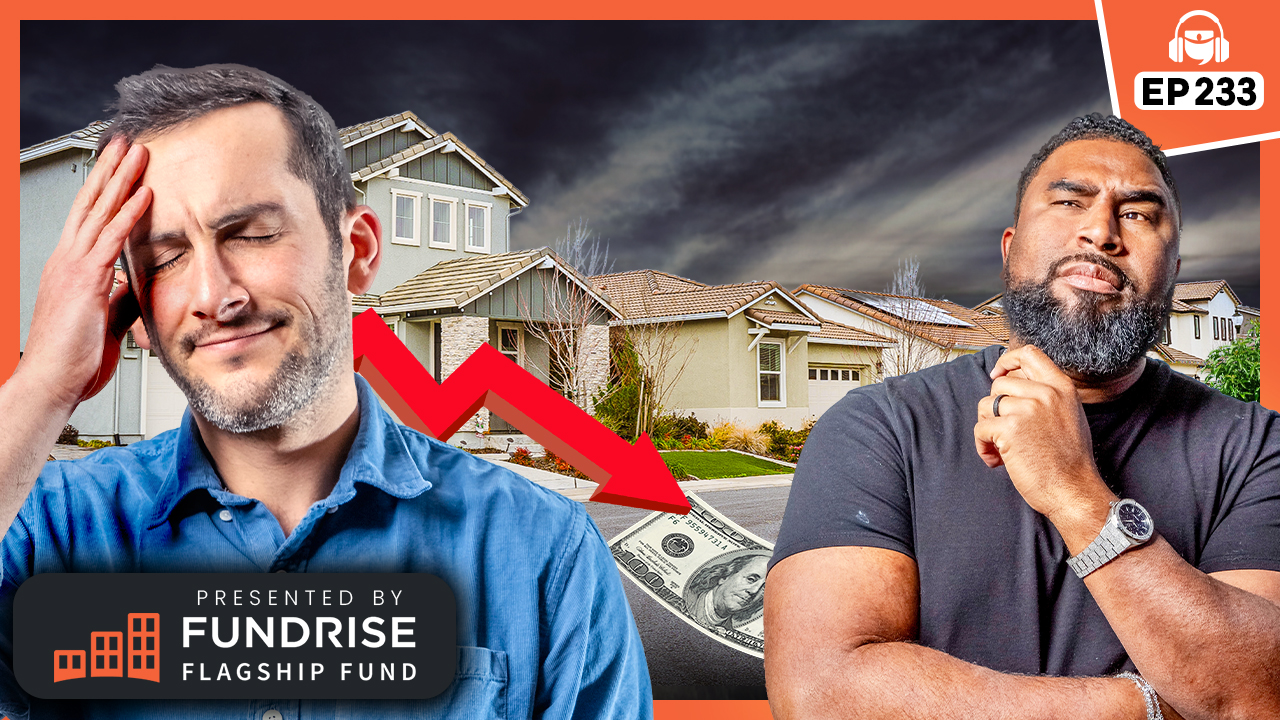Torsten Asmus
Interactive Brokers Senior Economist Jose Torres warned of growing risks that the U.S. economy will enter a stagflation environment, in which inflation stays high while economic and employment growth cool down.
Leading into the potential stagflation landscape, the Federal Reserve has ratcheted up its hawkish monetary policy it started in March via interest-rate increases and balance sheet runoff to dampen the highest level of consumer price inflation seen in nearly 40 years. It’s been the most aggressive tightening cycle since the Volcker era in the 1980s.
The U.S. central bank, though, “has a long way to go to tame price increases,” Torres said. Fed officials, too, have echoed Torres’s view that the battle against inflation isn’t close to finished. The Fed’s policymaking arm in December lifted its benchmark rate by 50 basis points, downshifting from the 75-bp hikes of its previous four meetings, and signaled further rate increases in 2023, citing a still tight labor market, to bring inflation back down to its 2% goal.
The core PCE Price Index, the Fed’s preferred gauge for inflation, cooled both M/M and Y/Y in November, but the Y/Y figure of 4.7% is still over 2x the Fed’s target, implying a “higher for longer” monetary-policy stance.
“As the Fed continues to tighten financial conditions, it places downward pressure on the money supply and inflation, upward pressure on short-term interest rates and downward pressure on GDP,” Torres said. However, domestic output was estimated to have climbed 3.2% in Q3, rebounding greatly from a 0.6% slump in Q2 amid stronger consumer spending and nonresidential fixed investment.
In the fourth quarter, though, Torres expects GDP growth of 0.6%, citing a number of leading economic indicators, including unemployment claims, retail sales, and consumer confidence. The economic slowdown, highlighted by weakness in housing and manufacturing, combined with tighter credit conditions and higher interest rates will “eventually lead to modestly higher unemployment in 2023,” he contended.
Weekly initial jobless claims came in at 216K, less than expected and up slightly from 214K in the prior reading. That figure is also roughly in line with pre-pandemic levels. While it’s a modest increase, the higher print ultimately points to “lower consumption/demand, lower inflation, lower long-term interest rates and lower GDP growth,” the economist explained.
And while the official unemployment rate of 3.7% suggests the tight labor market could keep contributing to inflation pressures, the Fed’s December projections called for a peak jobless rate of 4.6% in 2023. Some argue that 4.6% is still a low rate, “but it’s about the rate of change in the economy will move with the rate of change in the unemployment rate,” said David Rubenstein, founder and president of Rosenberg Research & Associates, in a recent interview hosted by Wealthion.
“We’ve never not had a recession with the unemployment rate going up above more than one point,” he added. “In fact, the median and the average is closer to 0.6% of an increase.”
Elsewhere, November’s worse-than-expected retail sales figure also supports the notion that GDP growth will be lower. In recent months, consumers have been spending less as the Fed works to reduce demand and inflation cuts their purchasing power. Consumer sentiment, which continued to bounce in December from a month earlier but remains historically low, is expected to resume lower “as the Fed continues to tighten credit conditions and raise rates, slowing demand,” Torres said.
Elsewhere, a continued contraction in key manufacturing data indicates lower GDP growth ahead.
Earlier this month, (Dec. 12) a Deutsche Bank survey showed investors were bearish on the S&P 500 in 2023, seeing high stagflation risks.















